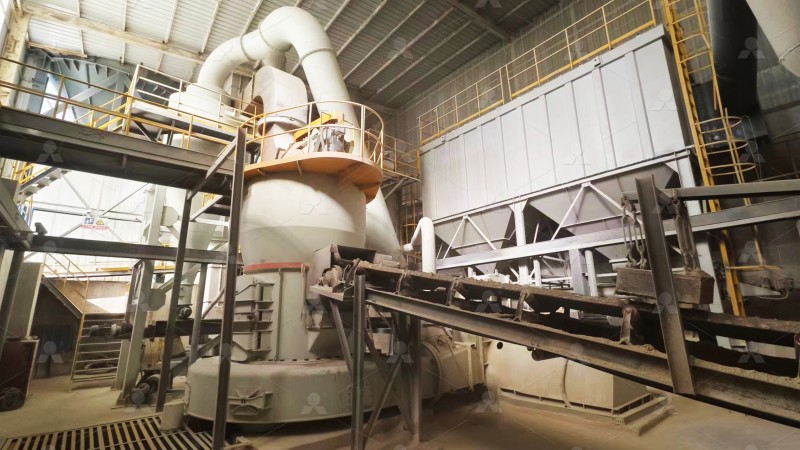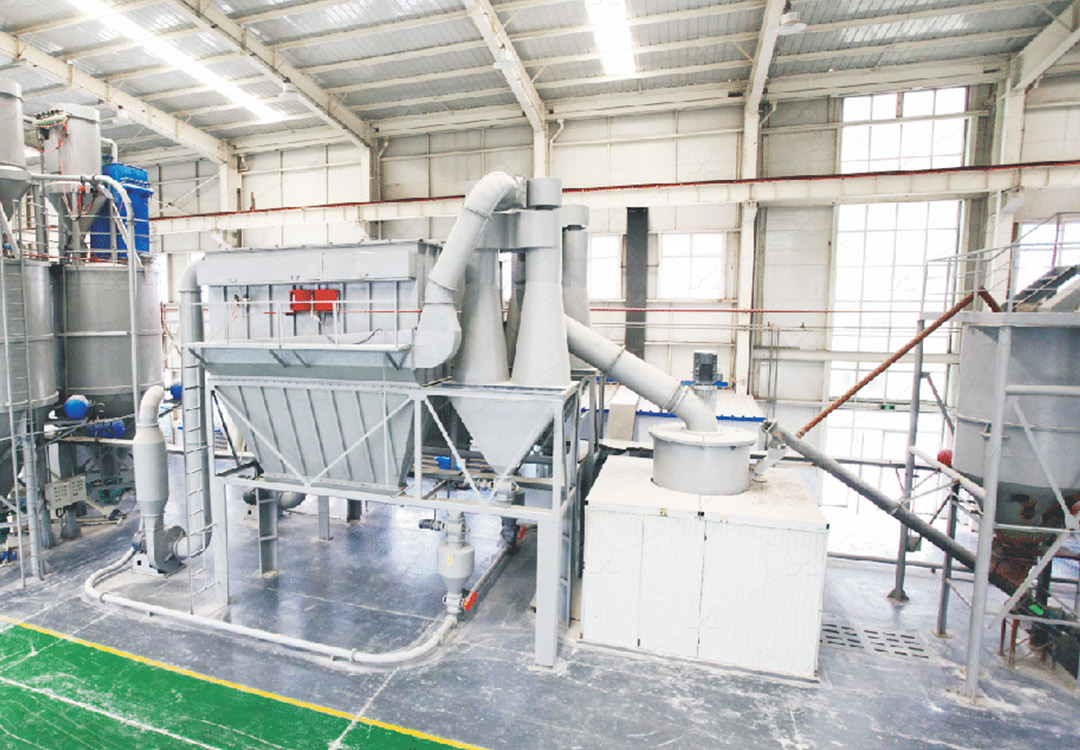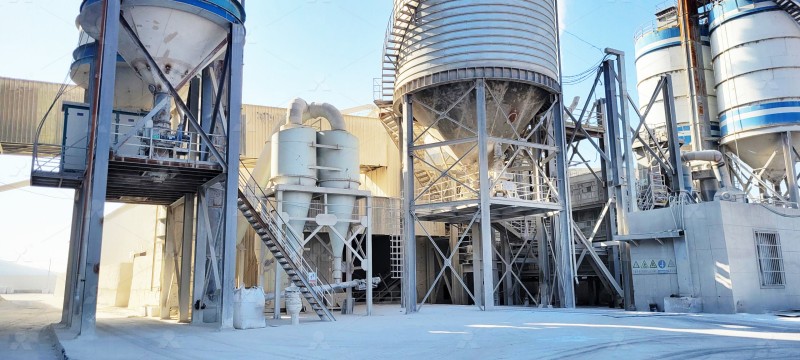Raymond Mill for Nanping Kaolin Processing – 3016 Grinding Machine
We provide a wide range of mills — including Raymond mill, trapezoidal mill, vertical mill, ultrafine mill, and ball mill, obtained ISO9001 international quality certification, EU CE certification, and Customs Union CU-TR certification. Suitable for processing minerals such as limestone, phosphate, quicklime, kaolin, talc, barite, bentonite, calcium carbonate, dolomite, coal, gypsum, clay, carbon black, slag, cement raw materials, cement clinker, and more.
The discharge range of these mills can be adjusted to meet specific processing needs, typically from 80-400 mesh, 600-3250 mesh, and can achieve the finest particle size of up to 6000 mesh(D50).
If you are looking for a reliable grinding solution to turn stone or minerals into fine powder, please feel free to contact our online customer service.
Raymond Mill for Nanping Kaolin Processing – 3016 Grinding Machine
For decades, the mineral processing industry has relied on Raymond Mill technology for efficient powder production, and the 3016 grinding machine continues this legacy for Nanping kaolin applications. As someone who’s worked with grinding equipment for over twenty years, I’ve seen firsthand how the right mill can transform a processing operation from mediocre to exceptional.
Nanping kaolin, known for its exceptional whiteness and purity, demands careful handling throughout the grinding process. The traditional 3016 Raymond Mill configuration offers a proven solution for medium-scale operations requiring consistent 80-400 mesh products. What many plant managers appreciate about this workhorse is its straightforward operation and robust construction – you’re not dealing with overly complex systems that require specialized maintenance teams.

The heart of the 3016’s effectiveness lies in its grinding ring and roller assembly. These components work in synchronized motion to crush and grind kaolin material through both impact and extrusion forces. The centrifugal force generated by the rotating main shaft causes the grinding rollers to swing outward, pressing against the grinding ring with substantial force. Meanwhile, the shovel system continuously feeds material into this grinding zone, ensuring consistent throughput.
Where operations really see the difference is in energy consumption and maintenance requirements. Compared to ball mills of similar capacity, the 3016 Raymond Mill typically demonstrates 20-30% lower power consumption for kaolin applications. The vertical structure means it occupies less floor space – a significant advantage when working with limited real estate. Maintenance crews appreciate the accessibility of key components, with grinding roller and grinding ring replacement being straightforward procedures that don’t require dismantling the entire machine.
When to Consider Advanced Alternatives
While the 3016 Raymond Mill serves many kaolin processors excellently, operations requiring ultra-fine powders beyond 400 mesh should consider more advanced technology. For these applications, we typically recommend our MW Ultrafine Grinding Mill, which represents the next evolution in fine powder processing.
The MW Series stands apart with its ability to produce powders between 325-2500 meshes – far beyond the capability of traditional Raymond Mills. What’s particularly impressive is how it achieves higher production capacity while reducing energy consumption by 30-40% compared to jet mills. The German-designed cage-type powder selector ensures exceptional precision in particle separation, while the absence of rolling bearings and screws in the grinding chamber eliminates common failure points that plague other designs.

Another compelling option for high-volume operations is the LUM Ultrafine Vertical Grinding Mill, which integrates ultrafine powder grinding, grading and transporting in a single system. Its unique roller shell and lining plate grinding curve generates material layers more effectively, resulting in higher whiteness and cleanliness – critical factors for premium kaolin products. The reversible structure makes maintenance remarkably straightforward, with grinding rollers that can be easily moved out of the body for inspection or replacement.
Optimizing Your Kaolin Processing
Successful kaolin processing isn’t just about selecting the right equipment – it’s about understanding how to maximize its potential. For Raymond Mill operations, this means paying close attention to several key factors:
First, moisture content significantly impacts grinding efficiency. Kaolin with moisture levels above 6% can cause clogging and reduced throughput. Implementing proper pre-drying procedures or considering mills with integrated drying capabilities can dramatically improve performance.
Second, the wear condition of grinding components directly affects product quality. Worn rollers and rings not only reduce efficiency but can introduce contamination into your kaolin product. Establishing regular inspection intervals and maintaining inventory of critical wear parts ensures consistent operation.
Finally, don’t overlook the importance of your classification system. Even the best grinding operation can be undermined by inadequate powder separation. The multi-head cage-type powder selectors in our MW and LUM series mills represent significant advancements in this area, providing precise control over final product fineness.

Frequently Asked Questions
What is the typical production capacity of the 3016 Raymond Mill for kaolin processing?
The 3016 Raymond Mill typically processes 0.6-5 tph of kaolin, depending on the input size and desired fineness. Most operations achieve optimal results between 1.5-3 tph for 200-325 mesh products.
How does the MW Ultrafine Grinding Mill achieve higher efficiency?
The MW Mill incorporates newly designed grinding curves of grinding roller and grinding ring that enhance grinding efficiency. With the same fineness and power, its production capacity is 40% higher than jet grinding mills and twice as large as ball grinding mills.
What maintenance advantages does the LUM Ultrafine Vertical Grinding Mill offer?
The LUM Mill features a reversible structure that allows operators to easily move grinding rollers out of the body for maintenance. This design, combined with hydraulic adjustment systems, significantly reduces downtime for roller shell and liner plate replacement.
Can these grinding systems handle variations in kaolin hardness?
Yes, both the traditional Raymond Mill and advanced MW/LUM systems can be adjusted to accommodate variations in material hardness through changes in grinding pressure, rotation speed, and classifier settings.
